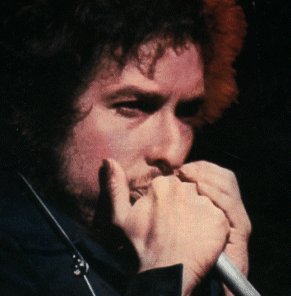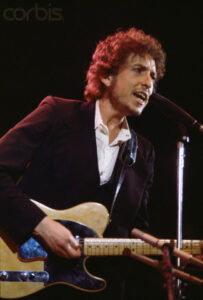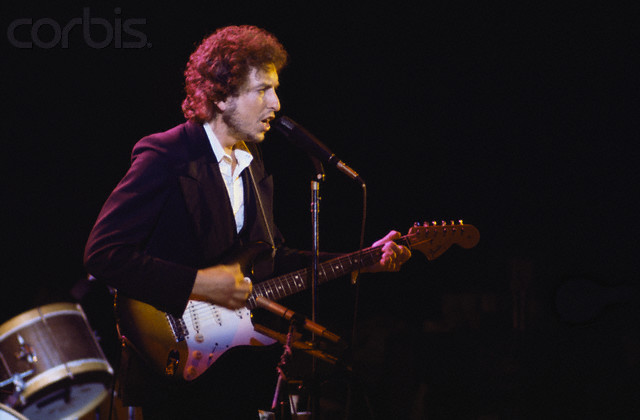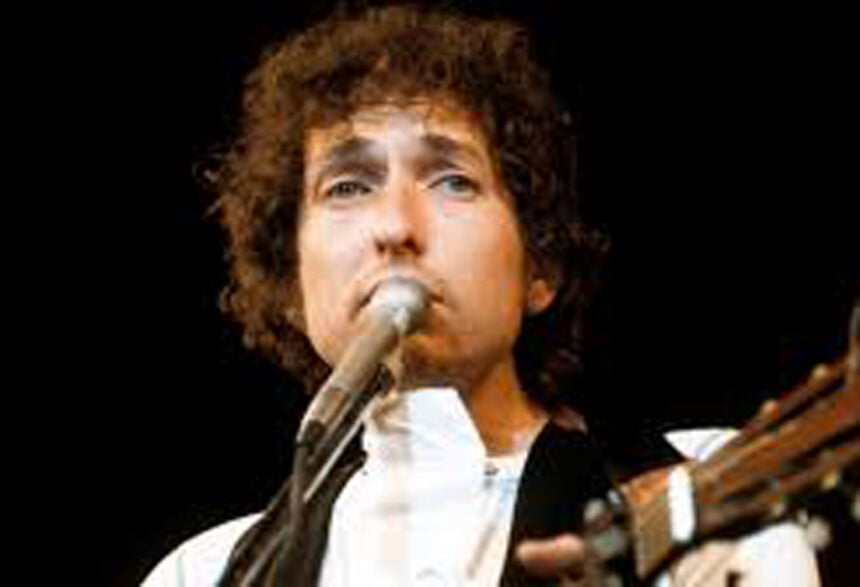Hi folks! Today’s podcast examines Bob Dylan’s gloriously sentimental 1974 song FOREVER YOUNG.
Comments welcome at the bottom of the page.
Having written DETERMINED TO STAND: THE REINVENTION OF BOB DYLAN, a study of Dylan’s later work from ‘Time out of Mind‘ onwards, I am currently working on two sequels – firstly of the ‘middle period’ and secondly of the ‘early period’. A trilogy in reverse! As with the first book I will examine virtually all the songs from each period in detail, discussing the lyrics and music and contextualising the songs in terms of Dylan’s literary and musical influences. These blogs will – in a changed form – be eventually ‘fed into’ the books, the first of which I hope to get out in a year to eighteen months from now. Please like and subscribe on you tube!
This podcast is an adaptation of a blog previously published at https://chrisgregory.org/music/bob-dylan/a-ladder-to-the-stars-forever-young/
EXTRACT
Forever Young has become one of Bob Dylan’s most famous songs; one of a handful to have become a modern ‘standard’. It has been covered by a wide range of artists, even including contestants on TV talent shows. It was used as the theme song for the TV show Parenthood, which ran for six years from 2010 and has been adapted as a children’s book. It is not, however, a song addressed to a lover but is quite obviously directed to a child. Yet it is not a ‘children’s song’.

Forever Young – effects
It mines universal sentiments so successfully that it is equally appropriate as a message to older people, encouraging them to remain youthful. In that sense it resembles Young at Heart (1953), written by Carolyn Leigh and Johnny Richards for Frank Sinatra and later covered by Dylan on Triplicate (2017), his third album of standards. Forever Young has been performed many hundreds of times by Dylan, often at the climax of a show or as an encore. Unlike many of his other songs, very few liberties have ever been taken with the words or the music.

Composed in 1973 as a lullaby for his son Jesse, Forever Young is also the only song that Dylan has recorded two versions of on the same album. The ‘slow version’ from Planet Waves appears on what, on the vinyl release, was the end of Side One, whereas a speeded up take that does not linger over the lyrics kicks off Side Two. This version is almost dismissive of the sentiments in the lyrics. An even ‘rougher’ version, recorded acoustically as a demo in CBS offices, was released on the compilation Biograph in 1985. In some ways this recording, primitive though it might be, can be seen as the most moving and affecting version of the song.

The starkness of its presentation contrasts effectively with the conventional sentiments being expressed, creating an appealing sense of fragility in the narrator’s performance. But in most cases Dylan goes for the full band treatment. The original recording was made with The Band, who they provide their usual immaculate display of musicianship, with subtle interplay between guitar, bass, drums, mandolin, piano and organ. The live recording made at Winterland in San Francisco in 1976 as part of the Last Waltz concert is particularly impressive in the richness of its arrangement.

Forever Young is a very atypical Dylan song.
It is one of the few occasions when he appears to allow his heart to rule his brain. Yet this is really highly appropriate for such a song. Parents naturally do feel sentimental about their children. Despite Dylan’s use of clichés here, the uncertainty of certain elements of the song adds to its emotional realism. Picture the acclaimed ‘acid tongued’ poet, perhaps, staring down at his newborn child and admitting his own helplessness to express himself in a wholly original way. He is, after all, just feeling what millions of parents before him have felt. Thus this is not a song that can, through Dylan’s usual process of development of his work, be pushed in different musical or lyrical directions.

It is a pure expression of love, but needs to be performed by singers who are open hearted enough to admit their own susceptibility to perhaps the most basic human instinct – to love and protect a child. It is thus difficult to pick out particular performances, although the rendition in Dublin on 14th September 2000 is particular distinctive as it features highly emotive backing vocals by Larry Campbell and Charlie Sexton. This is also a song which particularly suits the mature vocal style of Joan Baez, who recorded the song in 1976. By this point, Baez’s operatic early vocalising had been tempered by experience and much usage and she is able to combine her usual vocal purity with a certain world weariness which suits the song. The Pretenders, with the generally bitter sweet Chrissie Hynde on vocals, achieve a similar effect. The song is equally effective if sung by a woman as a man.
The original version from PLANET WAVES
Does Baez do justice do the song? Comments box below…
Pretty wobnderful version from 2-021’s SHADOW KINGDOM
DAILY DYLAN NEWS at the wonderful EXPECTING RAIN
THE BOB DYLAN PROJECT- COMPREHENSIVE LISTINGS
STILL ON THE ROAD – ALL DYLAN’S GIGS




Leave a Reply